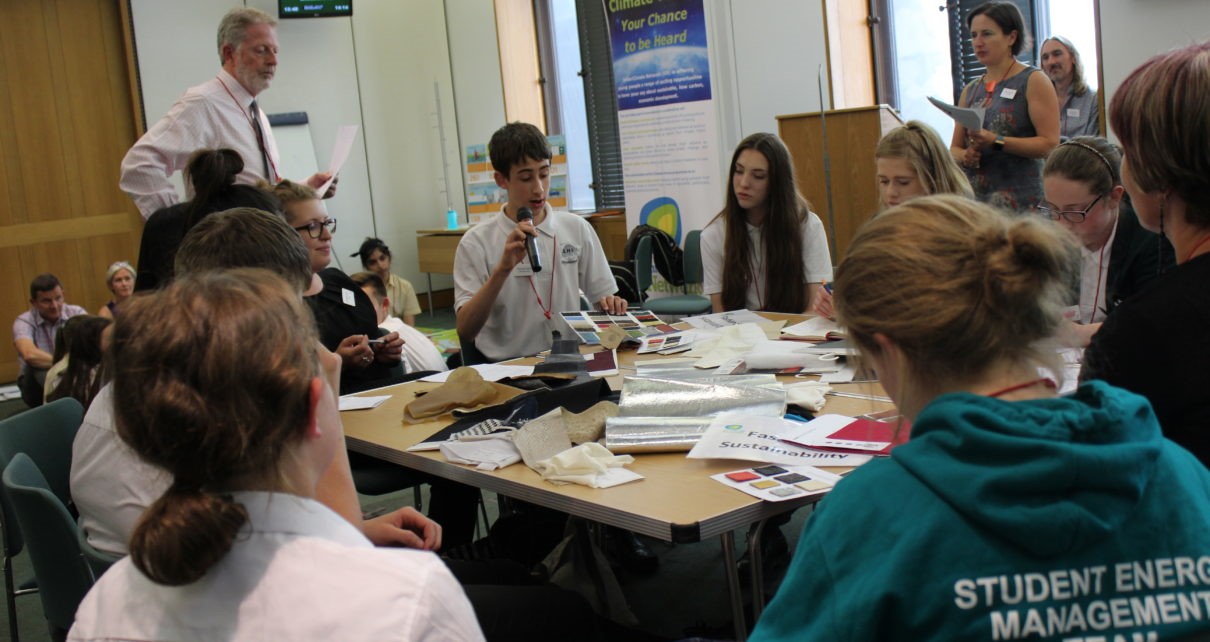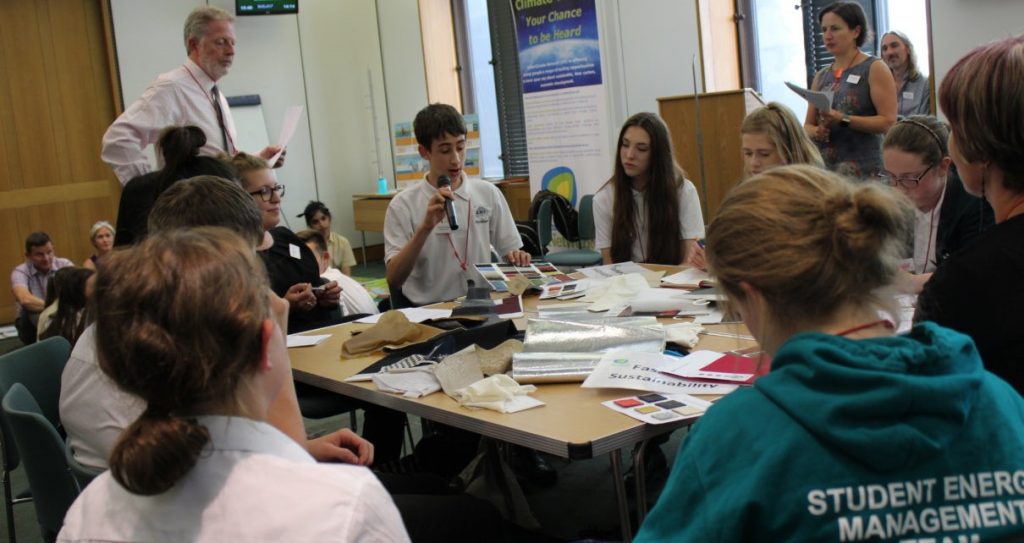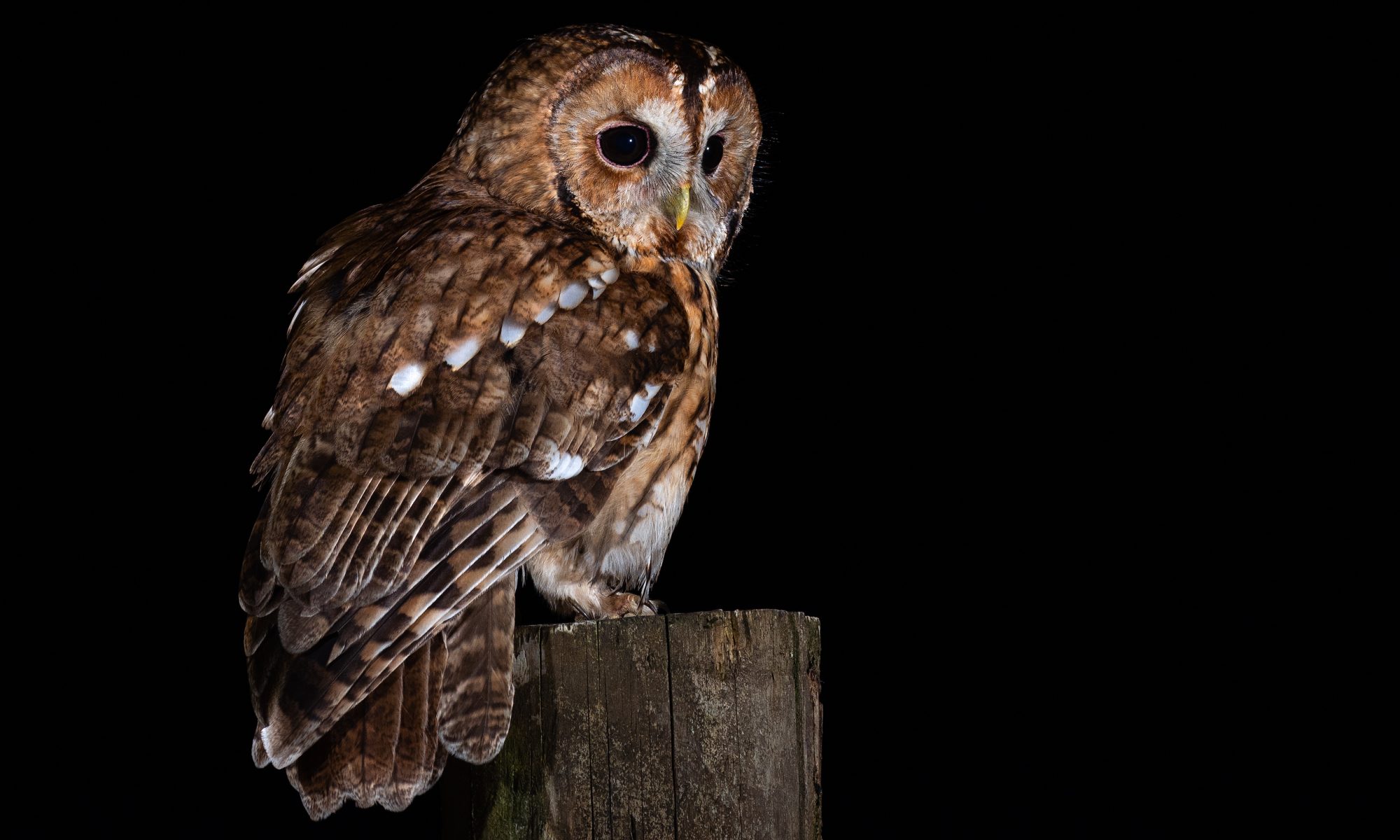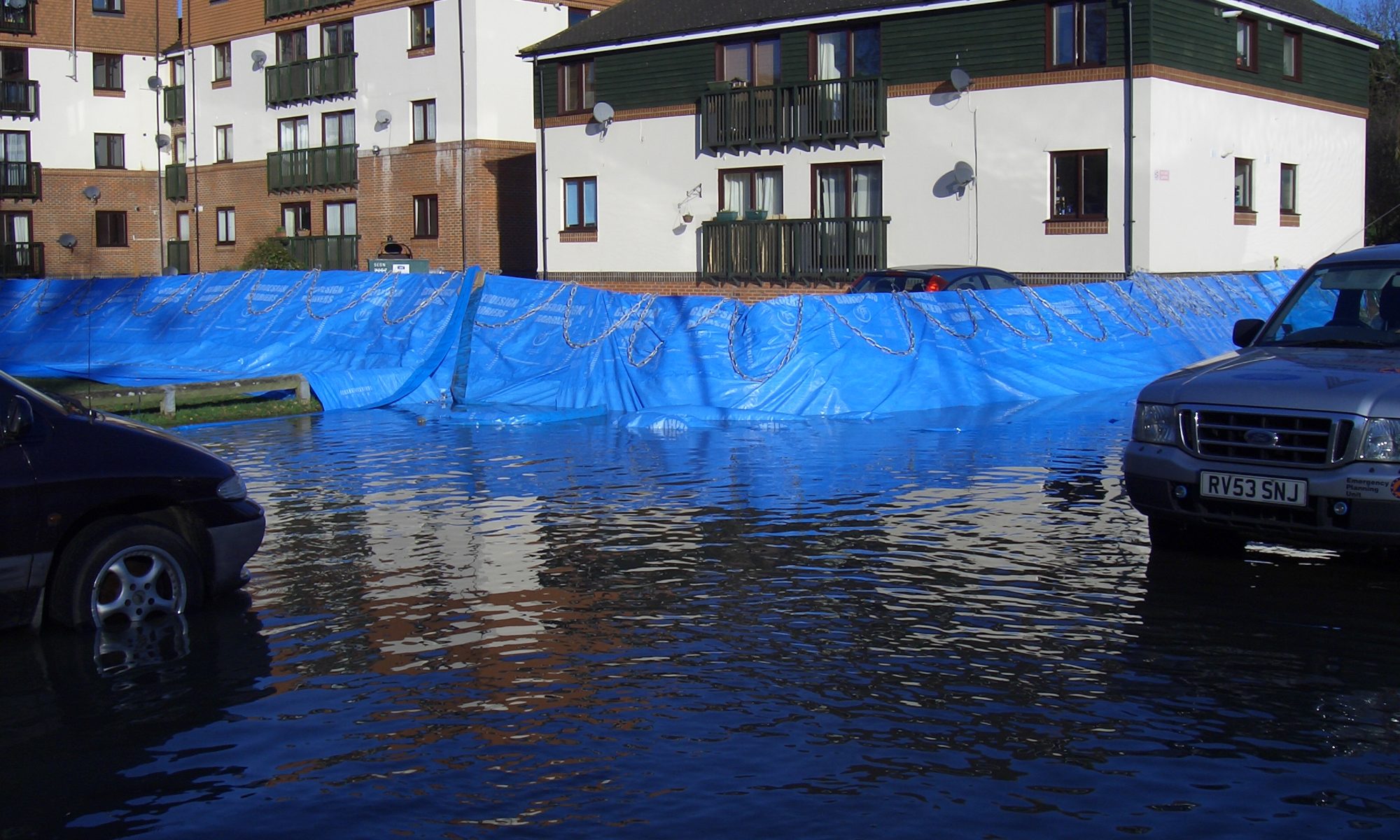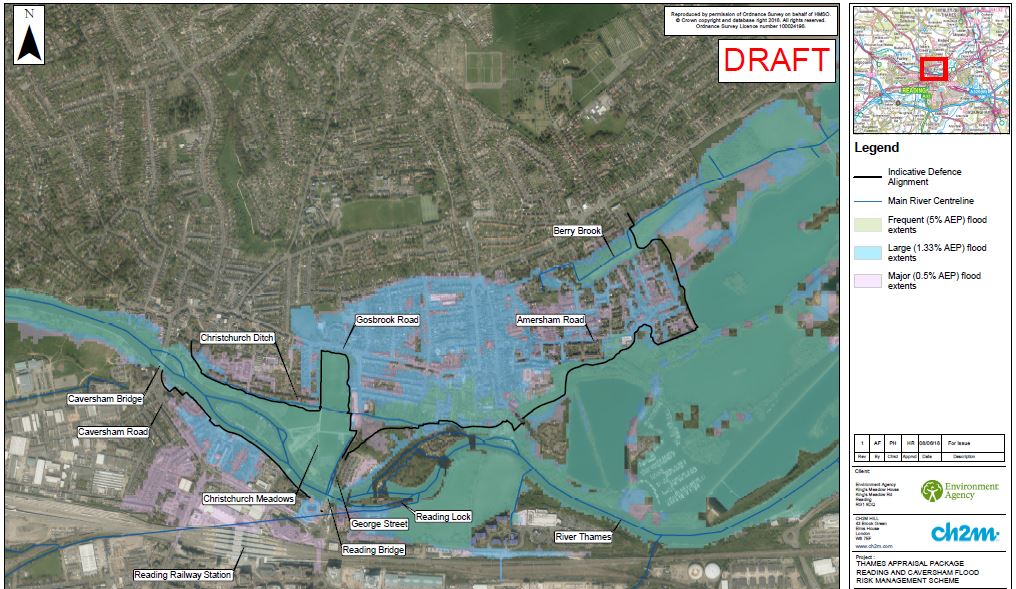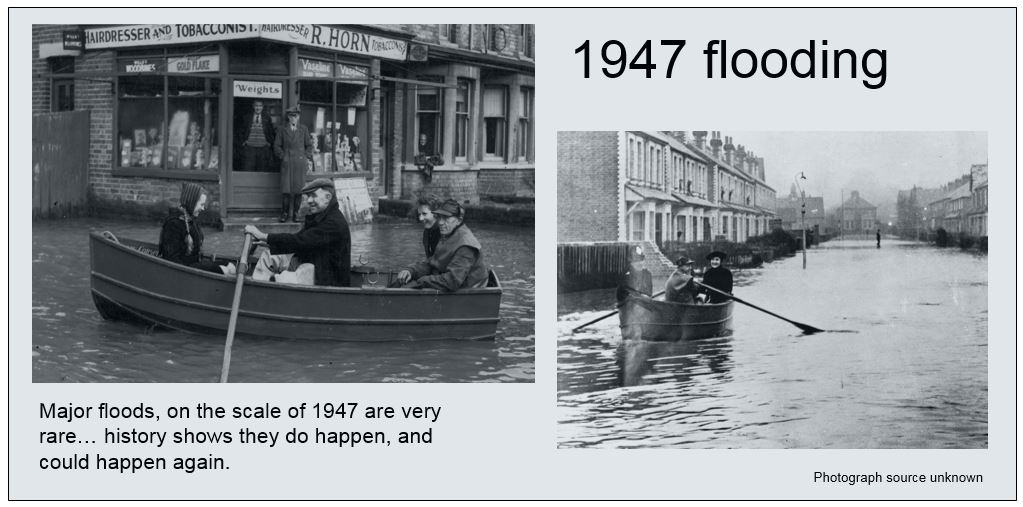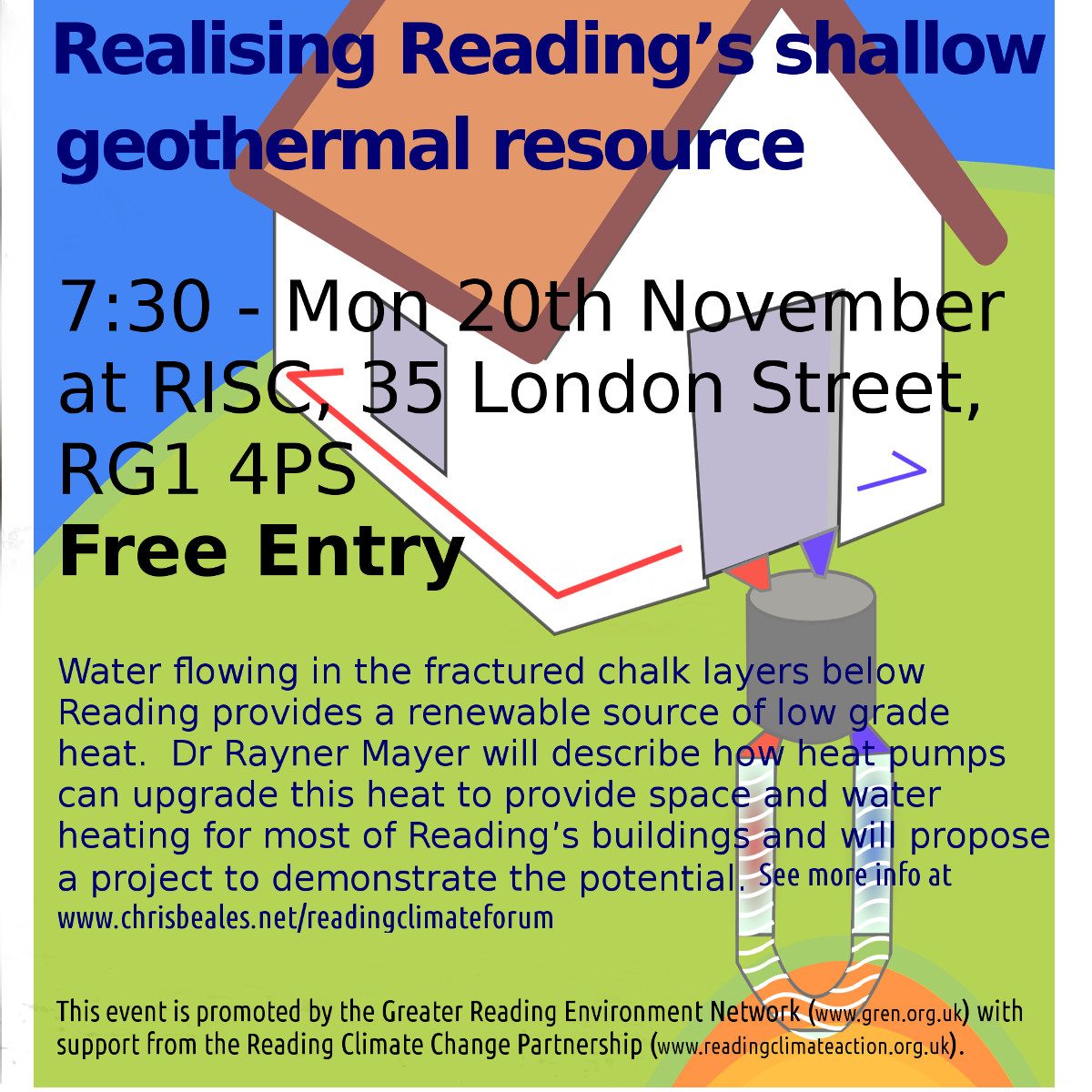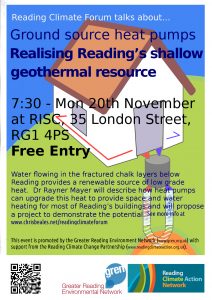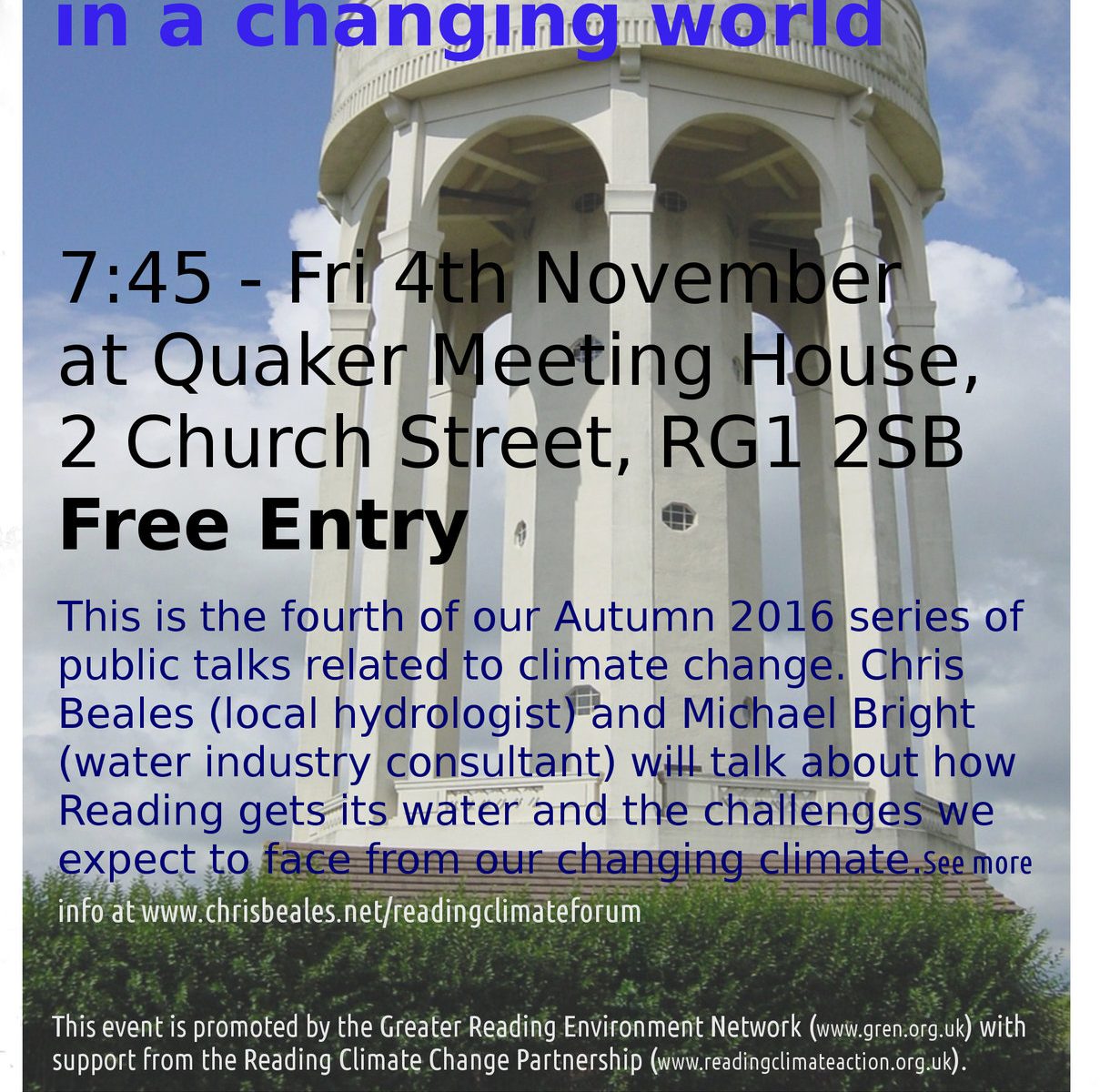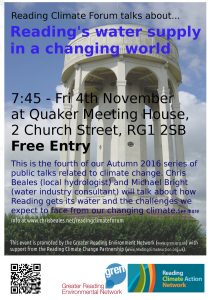With the latest IPCC report published today on the urgent need for co-ordinated global action on climate change, we thought an article on how to make your own contribution would be timely. Here are 10 simple tips to save energy in your home:

- Switch all your light bulbs to LEDs. Not only do they use 90% less electricity than old-fashioned filament light bulbs, and 50% less than compact fluorescents, but they last significantly longer too!
- Check the timer settings for your hot water. As a guide, 30 minutes morning and evening should be sufficient for 1 person. Settings of at least 60˚C are recommended for safety reasons, but also check your settings are not too high.
- Unless you live in Castle (i.e. have very thick walls), switch off your heating when you are out, which is much cheaper than leaving it running.
- Every additional 1C of heating adds 8% to your energy bills. Setting at 19-20 ˚C is the generally recommended temperature.
- If you’re feeling a little chilly, make your first response to be putting on an extra layer!
- Check your loft is well insulated (27cm insulation is the recommended standard) and if you have cavity walls, get these checked too.
- Unless heavily soiled, wash your clothes wash at 30C, and only when you have a full load
- Use that microwave sparingly! Defrost food naturally whenever possible
- Defrost your freezer regularly; particularly when you can see ice starting to build up
- Whenever possible, put a lid on your pans when cooking on the hob!
For more advice, visit the Energy Saving Trust – http://www.energysavingtrust.org.uk/


